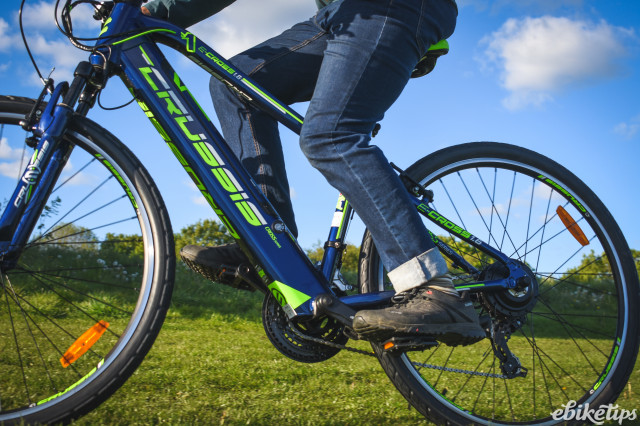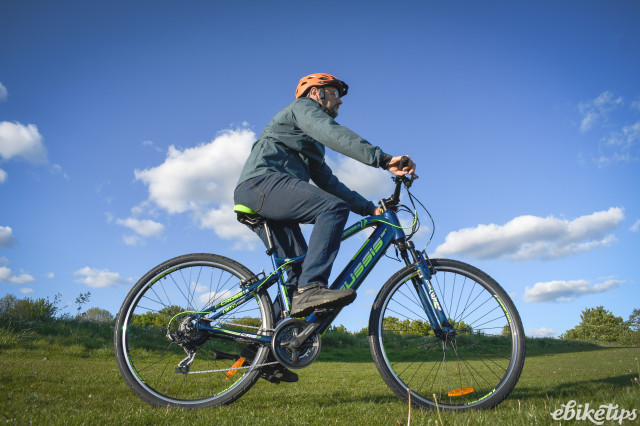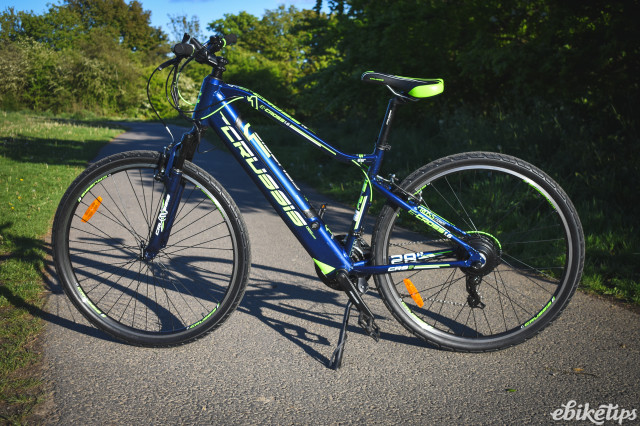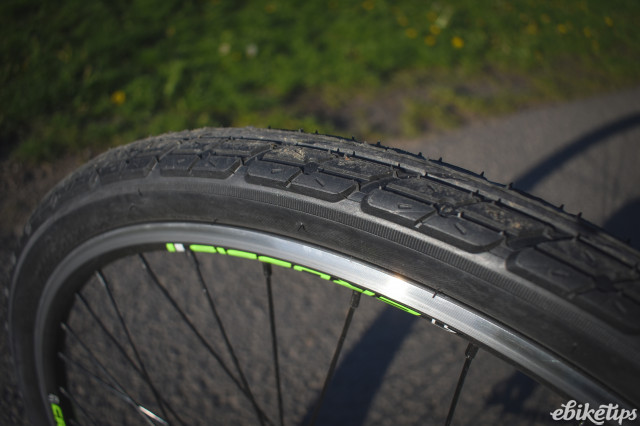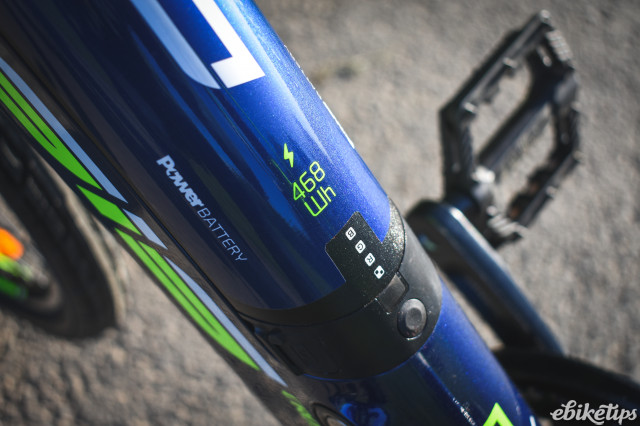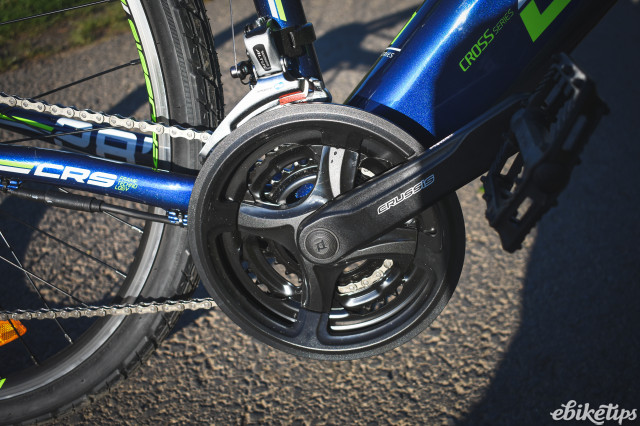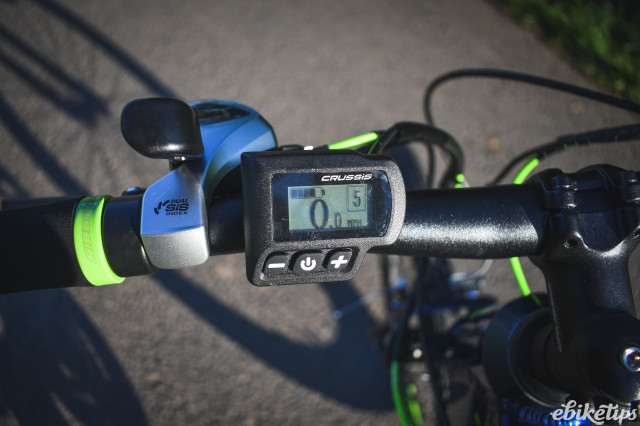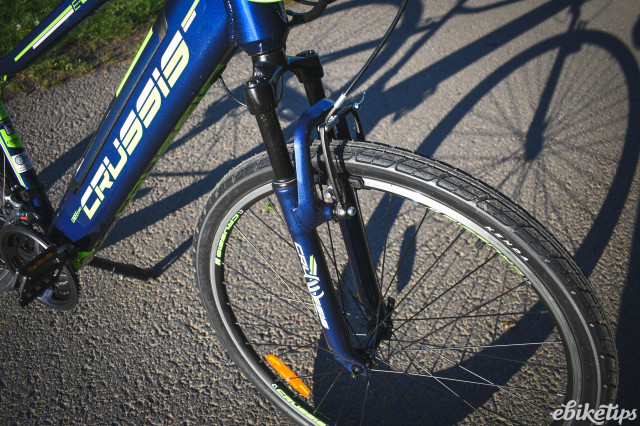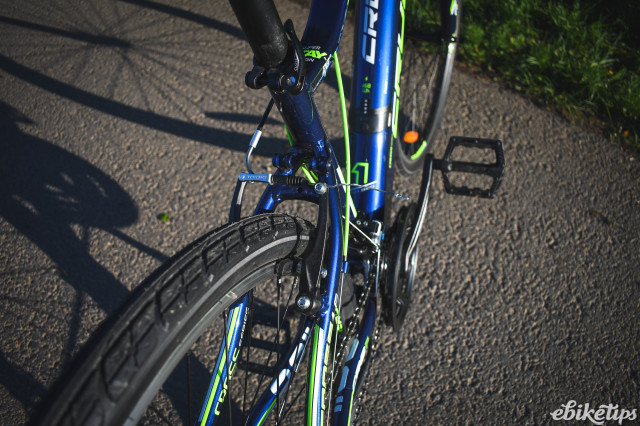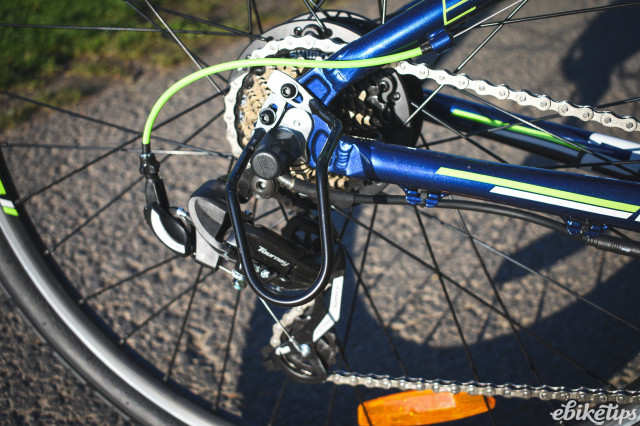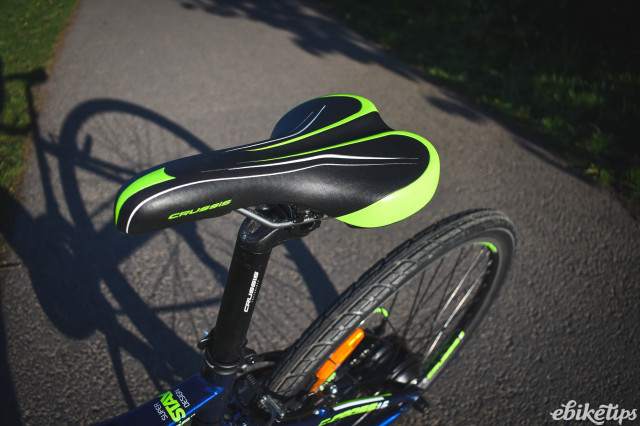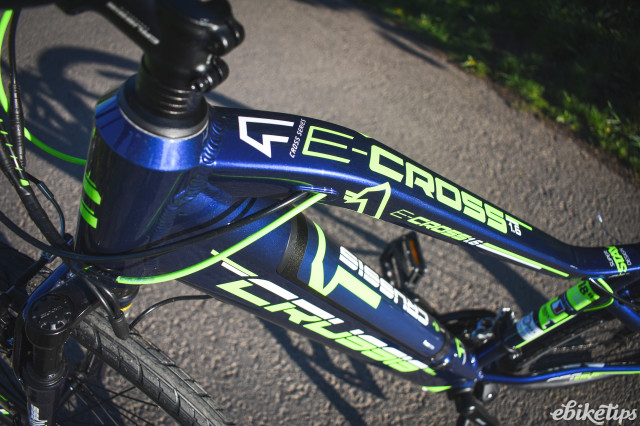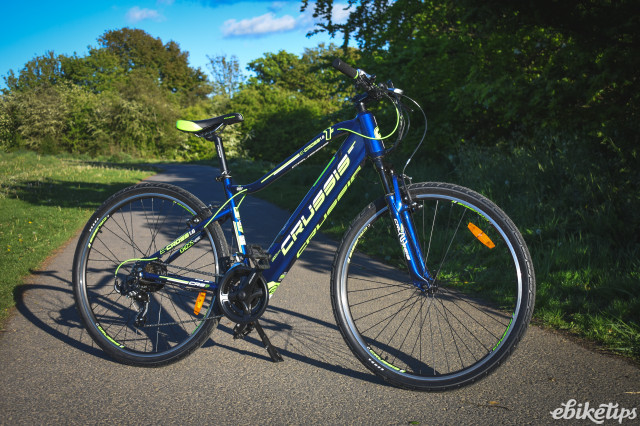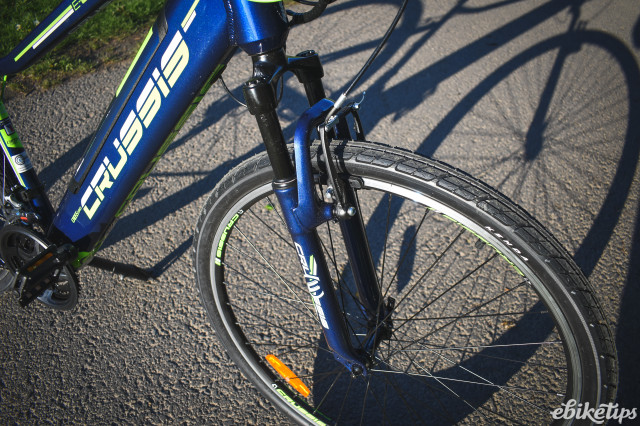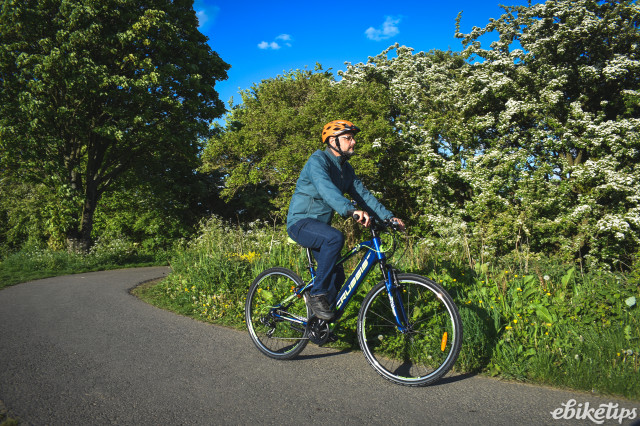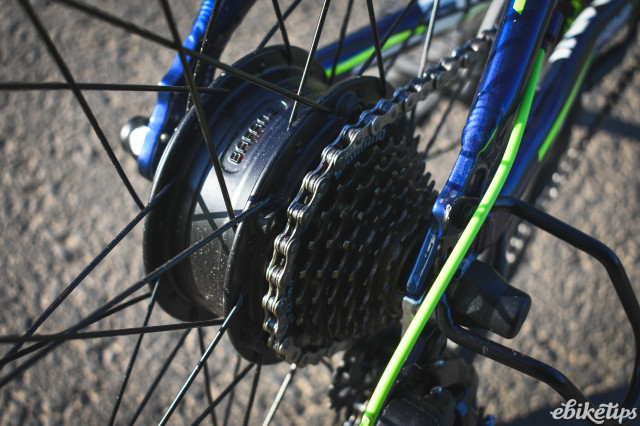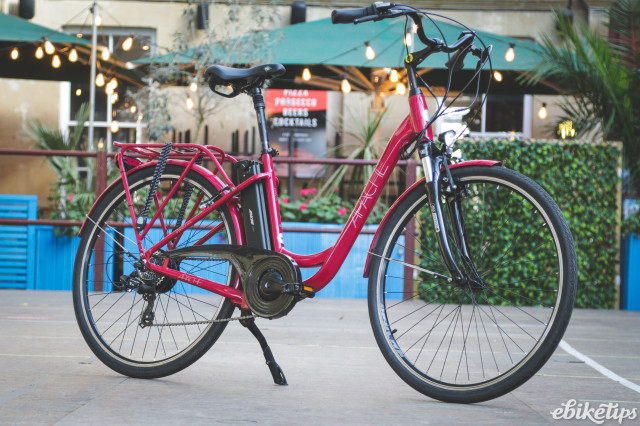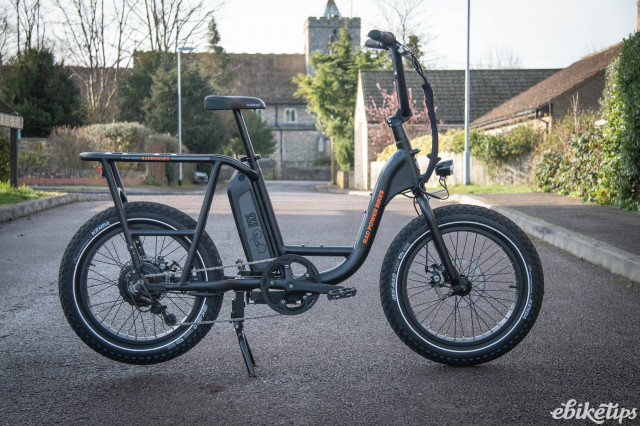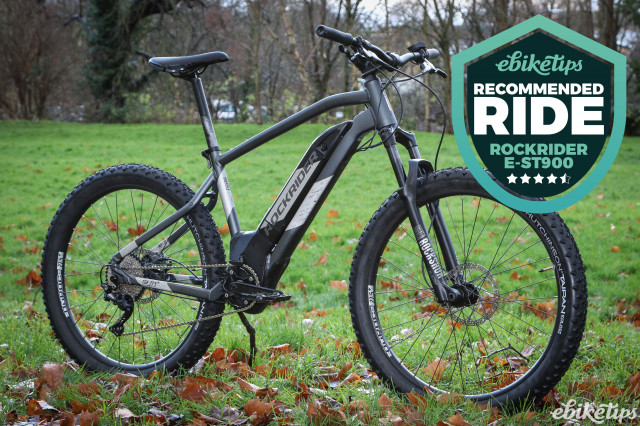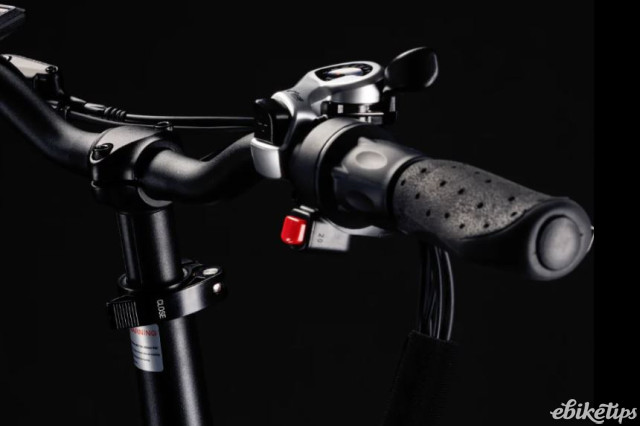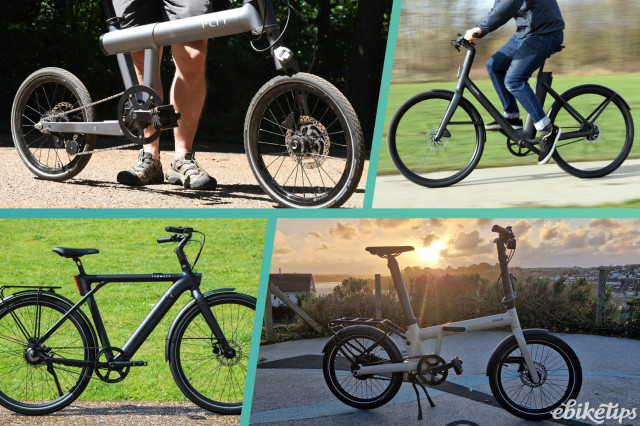Review: Crussis e-Cross 1.6 Mens Hybrid
Overview
- Super performance from a budget motor system
- Great hill climbing
- Wide gear range
- Rattly budget forks with no lockout
- Disks brakes are very common on even budget priced e-bikes nowadays and would add performance and value
Crussis are a Czech company that have been making e-bikes since 2012. They have gradually established an e-bike selling presence in many Western European countries and in the UK are distributed by Evolving Sports.
The Crussis range focuses on e-mtbs, sporty hybrids and town and city e-bikes. The Crussis ‘budget’ end of the range, some seven models, all use Bafang rear hub motors and decent size in-frame batteries (choose between 486Wh and 630Wh for all models). Prices range from £1399 to £1699 – with prices of e-bikes beginning to push up recently you might class these as higher price budget e-bikes or lower priced mid-range ones.
My test model, the e-Cross 1.6 Mens Hybrid sits in the middle of the range price wise and is clearly designed to appeal to sporty riders, in contrast to some of Crussis’s step-thru and city models with a more upright riding position.
Crussis e-Cross 1.6 - Vital Stats and Design
The e-Cross 1.6 has a Bafang geared rear hub motor, which weighs 3kg and has 32Nm of torque (Bafang’s own figures). It looks like a solid if unspectacular budget choice (though read on for my perhaps surprising findings).
Total bike weight is absolutely what you might expect at 22.15kg on our scales (22.8kg is the official figure) and is perfectly respectable for a bike with a decent size battery and triple chainring gearing.
Frame design appears to be Crussis’s own and the relatively long reach from seat to bars meant my 5’8” frame was in for quite a leant-forward, sporty kind of a ride. The e-Cross also comes in a dropped top-tube version that appears to have an identical spec.
Components are designed to keep the price down and include Kenda 700x45c (47-622) commuting-style slick tyres, 3x7 21speed gearing with Shimano Tourney derailleur, Tektro V-brakes and Zoom steel sprung suspension. As is often the case with cheaper e-bikes, the fork is a particular let-down: rattly and flexy, with no lockout.
The money has clearly gone into a very nice looking frame with a very sleekly integrated 468Wh battery that unlocks and removes very easily – in fact one of the easiest frame-integrated batteries to remove and put in that I’ve come across. The internal cable routing is neatly done too. There is a neat little LCD display that shows speed, tripometer, odometer and average and max speeds that lets you easily toggle through five power levels.
All this sounds fairly average and on paper it is but, as we will see from the ride test, the drive system was a bit of a revelation.
Crussis e-Cross - On the Road
Even without the power on, or riding above the 15.5mph electric assist speed, the Crussis feels fast. The 18” frame was a perfect fit for my 5’8” frame and the riding position felt sporty but reasonably comfortable (there’s a 20” frame too). The 21 gears also help you get a comfortable cadence too, whether you’ve got headwinds or tailwinds, steep climbs or descents. The 7 x 3 setup gives an effective gear range of 345% - that's good, but it’s a pity Crussis didn’t go for something like a 1x10 or 1x9 Shimano setup which could actually give a wider gear range, lose a few grams off the bike and be simpler to operate. Still, the bike has plenty of gear range which is the critical thing in getting the most out of the cadence based pedal assist system.
Comparing the Crussis’s ride quality to the recently reviewed E-Trends Trekker shows the difference between a poorly designed budget drive system and a well-designed budget drive system. The Crussis’s five power levels all provide fairly proportionate assistance so it’s great to be able set the power level to the first of five levels and find you still have a smidgen of power assisting you at 15.5mph, allowing to to cruise along, getting good sporty exercise and maintain a good amount of speed too without having to be brutal and wasteful with the power. It suggests Crussis have made the modest extra investment in amp-based controllers over volt based ones. (The latter just alter the speed the motor is turning at rather than being able to regulate power delivered over the total speed range of the motor in any given power level – as amp based ones can do). Not only is it nicer to ride, it gives you more miles per Wh with our test bike returning figures that suggested a road riding range of around 50 miles, which is mighty impressive.
The upper power levels combined with the bottom chainring give ample power for easy climbing too (the E-Trends model was overgeared) and power delivery in response to stopping and starting pedalling is much smoother too.
The battery capacity display didn’t suffer much from ‘battery bounce’ either, where capacity bars disappear and pop back up at will – a very irksome phenomena on cheaper systems.
Crussis e-Cross 1.6 - Value for Money?
As you can see from the comparison with the E-Trends Trekker, the E Crussis is certainly decent value for money and the extra £300 is absolutely worth spending if you can afford it as you get more gears, a bigger battery and more sophisticated and economical drive system.
Comparing the Crussis with the Apache model we reviewed recently certainly provides it with sterner competition; both have the same size batteries (468Wh is largish for a budget e-bike). The Wakita is set up for city riding and you get rack, mudguards and lights. The Crussis has more gears and superior control electronics.
Perhaps the stiffest hub motored competition of all comes from Rad Power and especially the Radrunner which we love. This trumps Crussis on battery size and practical equipment, though the Crussis wins out with it’s lighter weight and greater motor efficiency and the fact they have UK backup (Rad Power UK sales are handled from the Netherlands). They are of course very different bikes but that particular contest should perhaps be declared an honourable draw.
But the real competition in performance terms comes from the mid-drive e-bikes whose price territory the Crussis is just creeping into – though recent price hikes make it much more difficult to find a mid-drive under £2000. We declared the Decathlon Rockrider E-ST900 ‘unbeatable value’ at £1599 in early 2020 but it has now shot up to around £2000 on Decathlon’s website. It's very difficult to find a mid-drive bike for less than about £1,800 now, which is quite a hike from the price of the Crussis.
So yes this e-bike certainly does look decent value. The only caveat being that some of Crussis’s other models look even better value; for example on the e-Gordo 1.6 you appear to be getting the same drive system and battery with mudguards, hardwired lights and rack. The Crussis does have attachment points for a rack and mudguards.
If Crussis could add decent disc brakes, do something about the poor quality front fork and simplify the gearing with a 1x10 system they would have something really outstanding in the lower mid-range part of the market.
